Cabo Verde
Cabo Verde's GDP per capita in 2018 was $3,810 USD. It is an archipelago of ten volcanic islands in the Atlantic Ocean, off the coast of Senegal. Tourism, FDI, and remittances are key economic drivers. Personal remittances were 12.2 percent of GDP in 2018. In 2007, it moved from Least Developed Country status to Middle-Income Country status. It is a member of the African Union. Services was the largest economic sector in 2018 (61 percent of GDP), followed by manufacturing (6.98 percent), and agriculture (4.7 percent). In 2017, the largest export sectors were services (86.83 percent) and agriculture (9.03 percent). The largest individual exports were travel and tourism (58.76 percent), ICT services (15.1 percent percent), transport services (12.67 percent), and prepared or preserved fish (4.79 percent). Its largest export partners were Spain (49.7 percent), Portugal (16.97 percent), Italy (7.14 percent), and the Netherlands (5.92 percent). The largest goods imports were refined petroleum (9.06 percent), fixed wing aircraft 2,000 kg to 15,000 kg (2.57 percent), rice (2.47 percent), cars (2.01 percent). Settled by Portuguese settlers in 1462, Cabo Verde gained independence from Portugal in 1975. The economy had difficult initial conditions including a lack of natural resources, poor soil, low rainfall, a dispersed population, and no foreign reserves. Despite this it has achieved enviable economic growth through good governance and political stability. After independence, the government targeted key sectors using a policy of import substitution and central planning. The economy grew quickly benefitting from a pool of low-cost labour and capital accumulation. In the 1990s, reforms opened the country up to FDI, which led to growth in the tourism and fishing industries. Tourism became the dominant industry. Tourism also led to growth in transport, construction, and finance. From 1997, the government accelerated the privatisation process. In the 2000s, the government deepened reforms and modernised public administration, which contributed to strong economic growth. The global financial crisis led to a decrease in growth. Increased government spending had limited impact on increasing growth and instead led to increased public debt. New measures led to a decrease in public debt in 2017 but continued discipline is needed going forward.





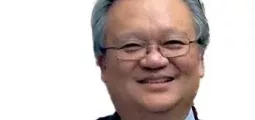






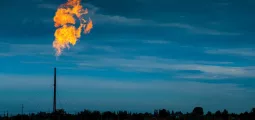





















































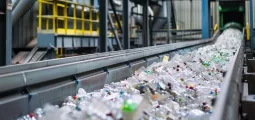
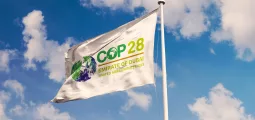





 Its population in 2018 was 553,335 [
Its population in 2018 was 553,335 [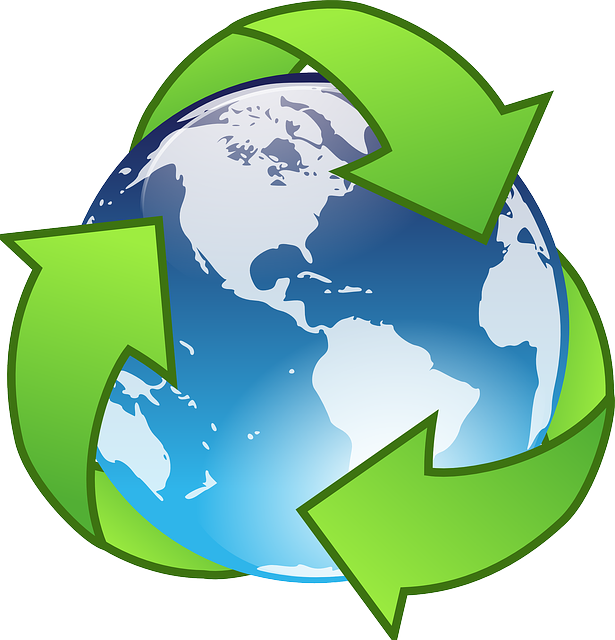 In 2015, 26.58% of its total energy
In 2015, 26.58% of its total energy  In 2021, its GDP grew by 6.95% [
In 2021, its GDP grew by 6.95% [ In 2021 it had a negative Current
In 2021 it had a negative Current  Its unemployment rate in 2021 was 8.50% [
Its unemployment rate in 2021 was 8.50% [ Its Expenditure on R&D (as a percentage of
Its Expenditure on R&D (as a percentage of 